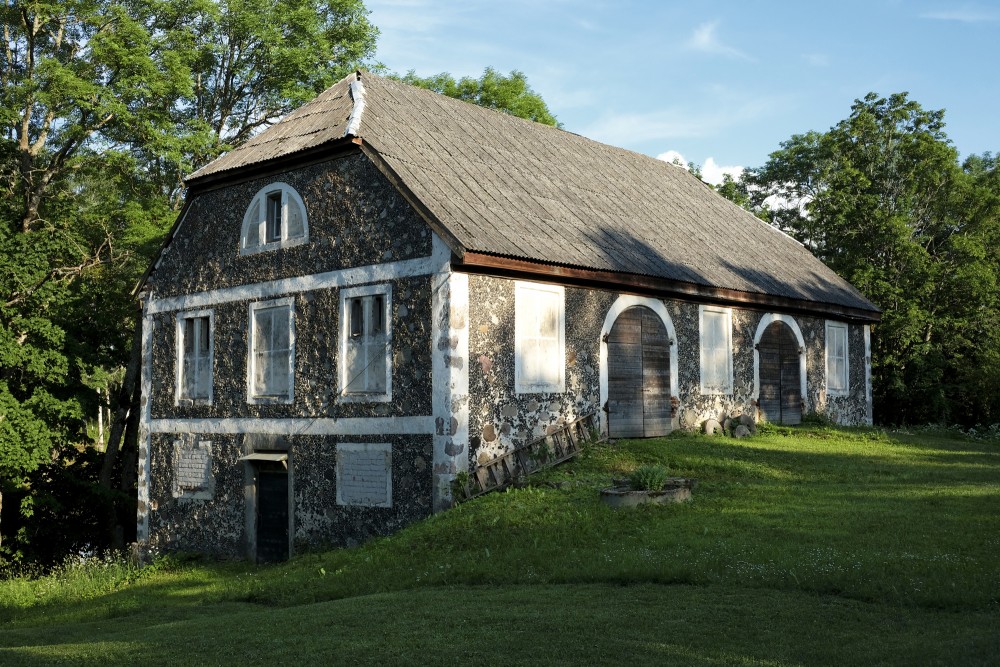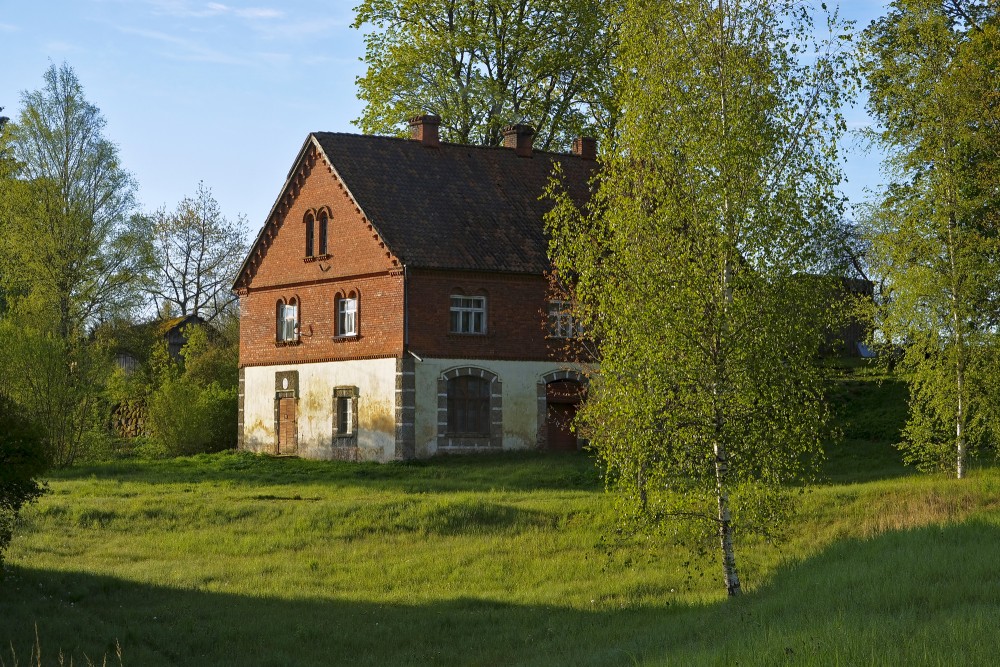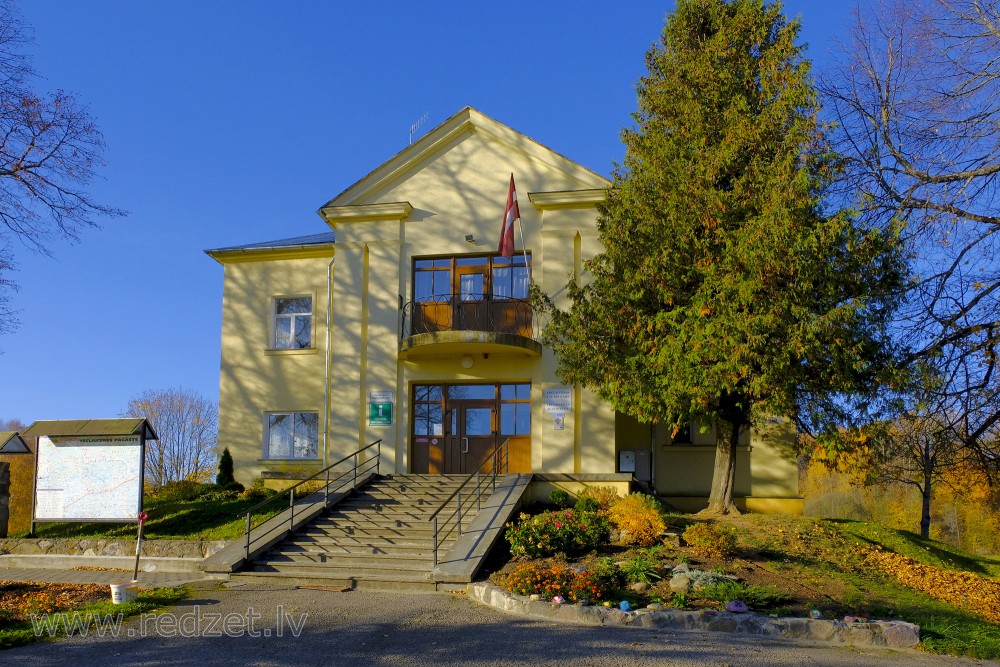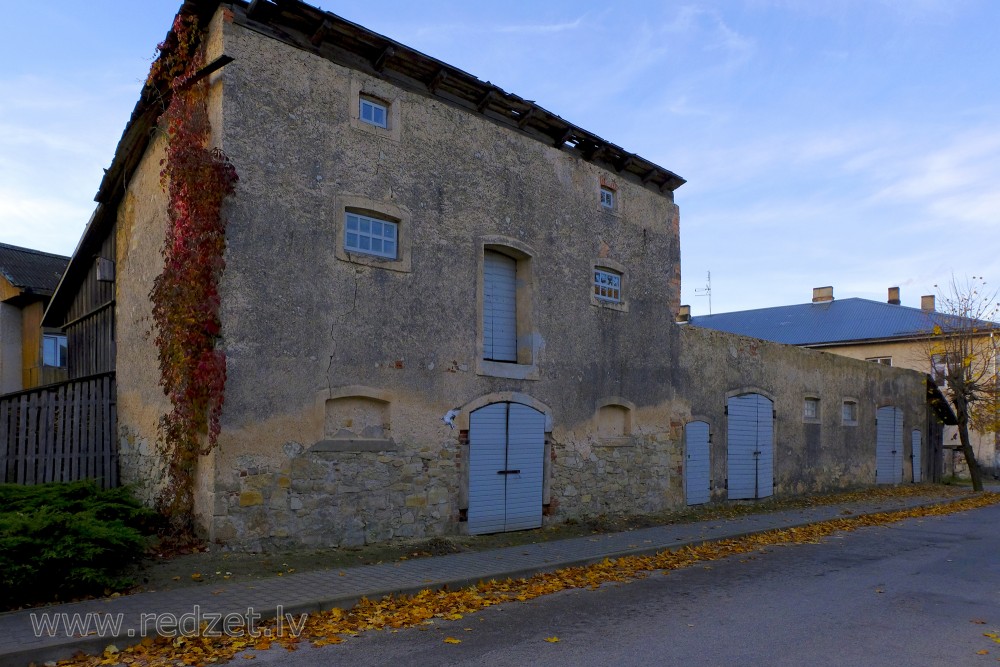Building
A building, or edifice, is a structure with a roof and walls standing more or less permanently in one place, such as a house or factory. Buildings come in a variety of sizes, shapes, and functions, and have been adapted throughout history for a wide number of factors, from building materials available, to weather conditions, land prices, ground conditions, specific uses, and aesthetic reasons. To better understand the term building compare the list of nonbuilding structures.
Buildings serve several societal needs – primarily as shelter from weather, security, living space, privacy, to store belongings, and to comfortably live and work. A building as a shelter represents a physical division of the human habitat (a place of comfort and safety) and the outside (a place that at times may be harsh and harmful).
Ever since the first cave paintings, buildings have also become objects or canvasses of much artistic expression. In recent years, interest in sustainable planning and building practices has also become an intentional part of the design process of many new buildings.
Definitions
The word building is both a noun and a verb: the structure itself and the act of making it. As a noun, a building is 'a structure that has a roof and walls and stands more or less permanently in one place'; "there was a three-storey building on the corner"; "it was an imposing edifice". In the broadest interpretation a fence or wall is a building. However, the word structure is used more broadly than building including natural and man-made formations and does not necessarily have walls. Structure is more likely to be used for a fence. Sturgis' Dictionary included that "[building] differs from architecture in excluding all idea of artistic treatment; and it differs from construction in the idea of excluding scientific or highly skilful treatment." As a verb, building is the act of construction.
Structural height in technical usage is the height to the highest architectural detail on building from street-level. Depending on how they are classified, spires and masts may or may not be included in this height. Spires and masts used as antennas are not generally included. The definition of a low-rise vs. a high-rise building is a matter of debate, but generally three storeys or less is considered low-rise.
Types
Single-family residential buildings are most often called houses or homes. Residential buildings containing more than one dwelling unit are called a duplex, apartment building to differentiate them from 'individual' houses. A condominium is an apartment that the occupant owns rather than rents. Houses may also be built in pairs (semi-detached), in terraces where all but two of the houses have others either side; apartments may be built round courtyards or as rectangular blocks surrounded by a piece of ground of varying sizes. Houses which were built as a single dwelling may later be divided into apartments or bedsitters; they may also be converted to another use e.g. an office or a shop.
Building types may range from huts to multimillion-dollar high-rise apartment blocks able to house thousands of people. Increasing settlement density in buildings (and smaller distances between buildings) is usually a response to high ground prices resulting from many people wanting to live close to work or similar attractors. Other common building materials are brick, concrete or combinations of either of these with stone.
Residential buildings have different names for their use depending if they are seasonal include holiday cottage (vacation home) or timeshare; size such as a cottage or great house; value such as a shack or mansion; manner of construction such as a log home or mobile home; proximity to the ground such as earth sheltered house, stilt house, or tree house. Also if the residents are in need of special care such as a nursing home, orphanage or prison; or in group housing like barracks or dormitories.
Historically many people lived in communal buildings called longhouses, smaller dwellings called pit-houses and houses combined with barns sometimes called housebarns.
Buildings are defined to be substantial, permanent structures so other dwelling forms such as houseboats, yurts, and motorhomes are dwellings but not buildings.
en.wikipedia.org














